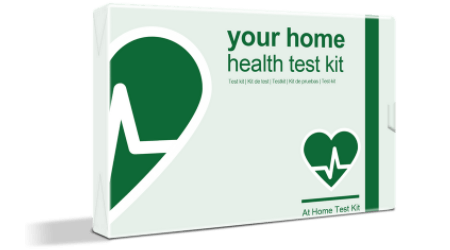How can a food intolerance test help you? All food items require enzyme for digestion. Enzyme deficiency is the cause of food intolerance. Scroll down to find out if you may have a food intolerance by examining the symptoms and what you should look out for.
Chemical causes
There are chemicals in drinks and food that cause intolerance, such as amines in some cheeses, caffeine in coffee, chocolate, and tea. Some people are susceptible to these chemicals.
Toxins
Some foods have natural chemicals that can have a toxic effect, causing nausea, vomiting, and diarrhea. Undercooked beans have aflatoxins causing unpleasant digestive problems. Well-cooked beans do not have that toxin.
Histamine in some foods
Fish that has not been stored correctly can have an accumulation of histamine. Many people are sensitive to the naturally-occurring histamine. People develop abdominal cramps, diarrhea, nausea, skin rashes. The symptoms are similar to anaphylaxis.
Many foods contain salicylates
Salicylates sensitivity occurs when somebody reacts to moderate amounts of ingested salicylates. Salicylates are derivatives of salicylic acid. Plants develop salicylic acid to defend against fungi, harmful bacteria, diseases, and insects. Many foods contain salicylates, people consume salicylate without adverse effects. Some people suffer symptoms after consuming large amounts of salicylates. Plants sourced foods, the majority of vegetables, fruits, herbs, spices, tea. Tomato sauce, mint, berries, citrus fruits have high levels. High levels of salicylates can be found in processed foods with flavor additives.
Common types of food intolerance are lactose, wheat, gluten, caffeine, additives such as coloring, and sweeteners. Histamine is present in pickles, cured food, and mushrooms.
Some people experience an unpleasant reaction after eating bread, but this is not always an indication to gluten intolerance. If someone believes he may have a gluten intolerance, he must see a doctor before renouncing to gluten, and cereals. Cereals offer many nutrients.
Food additives
Food additives intolerance is a growing problem over the last year. More and more foods contain additives. Additives are enhancing flavors, making the foods more appealing. Here are a few examples of food additives: antioxidants, artificial flavorings, artificial coloring, emulsifiers, preservatives, flavor enhancers, and sweeteners.
A relatively small number of food additives cause problems. The additives causing adverse reactions are the nitrates, causing skin rashes. Nitrate is generally in processed meats. Sulfites are used as enhancer and food preserver. Often used in wines. Carmine (red) and annatto (yellow) are the most common coloring.
Diagnosis
It is difficult to determine if an individual has a food intolerance or an allergy because the symptoms are similar. A doctor can distinguish between the two and give the most appropriate cure.
Why is a food intolerance test so important?
The food intolerance test is a simple and effective way of healing the body, reducing body weight, and combating various diseases.
The food intolerance test is a method developed and widely used throughout the world, adapted to the products used.
The food intolerance test is a strictly individual diet based on the reaction of the cells and structures of your body.
To find out more about a food intolerance test, please log on to www.allergytestaustralia.com and have a chat with our expert Customer Service advisors who will be delighted to help you with any advice that you may need.

